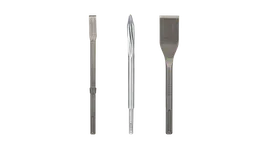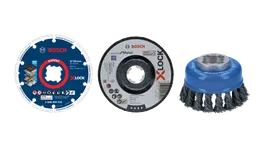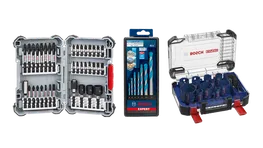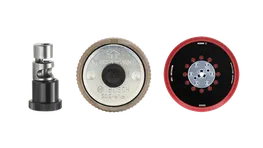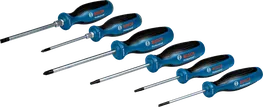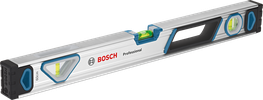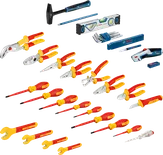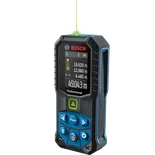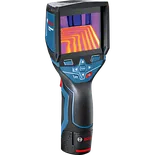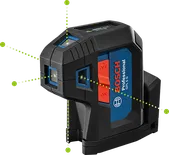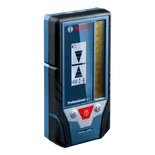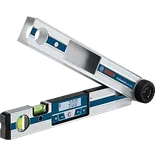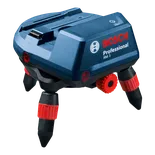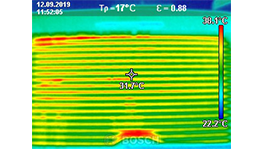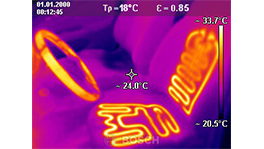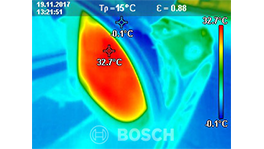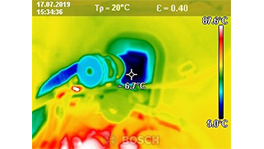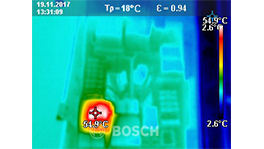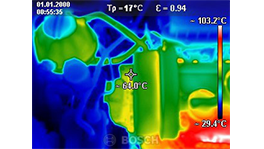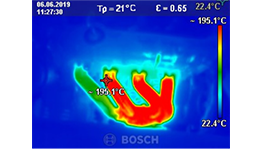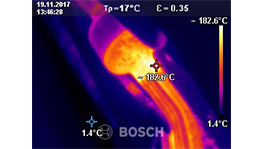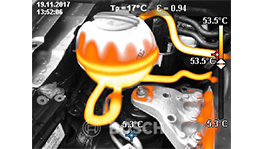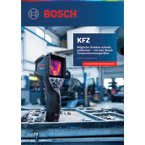Regardless of whether it concerns electronics, the engine compartment, heating functions, exhaust systems or air conditioning systems – thanks to our temperature measurement tools, you can quickly uncover potential faults and resolve them directly. Additionally, you can easily visualise the results of a successful repair and present them to the customer during the final consultation. Through this transparency, you'll earn the trust of your customers.
To ensure that repairs are documented in a way that is easy to understand, you can store the thermal images that indicate the cause of the fault together with those of the vehicle in its repaired condition in the customer's file. Not only is this helpful in case of any future repairs – it is also important should any claims or complaints arise.
No matter whether you use the temperature measuring tools as a practical complement to a modern readout system or as an all-round assistant, they will allow you to work more efficiently and save time and money as a result.







